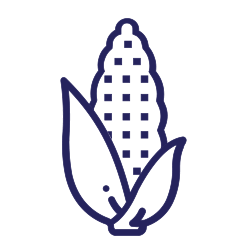« Return to all Research Projects
Can-NAM: Capturing genetic variation for Canadian wheat improvement
Crop Types
- Wheat
Collaborating Locations
National Research Council of CanadaBackground
The most important traits in wheat are complex, quantitatively inherited, and controlled by many minor effect genes. This poses a significant challenge for breeders to characterize these traits. The goal of this study was to establish a nested association mapping (NAM) population in bread wheat that takes into consideration genetic diversity, disease resistance, and agronomically important traits. This establishment resulted in the bread wheat NAM genetic resource which can be accessed by the wheat research community upon request with a limited amount of seed.
Objectives
- Establishment of Can-NAM as a platform for community access;
- Genome wide characterization of rust and FHB resistance;
- Develop adapted pre-breeding lines with improved rust and FHB resistance.
Key Takeaways
- Establishment of a powerful wheat genetic resource for the wheat research community, A NAM genetic resource with more than 5000 lines captured a broad phenotypic variation.
- A high density haplotype was generated with more than 1.4 million SNPs, allowing accurately imputing genotypes for low coverage or low resolution genotyping platforms.
- Synthetic wheat introduces substantial increase in D genome variation, provided opportunities to improve wheat performance with the utilization of D genome.
- Joint linkage mapping identified novel and valuable new genetic variations for key disease traits of wheat, providing new beneficial alleles for the breeding program.
- This established Canadian wheat NAM genetic and genomics resources will be a valuable source of novel genetic variations for Canadian spring wheat breeding wheat programs.



















